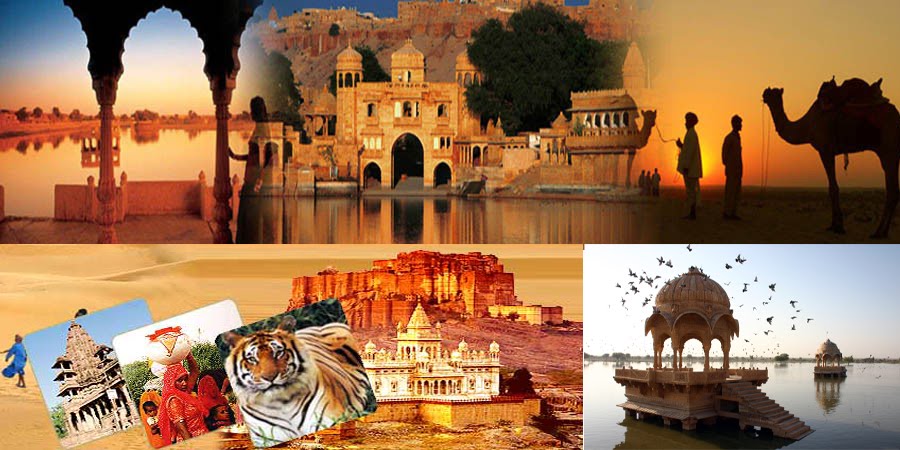Traveling by car from Jaipur to Delhi is more than just a transfer between two cities—it is a journey that beautifully connects Rajasthan’s royal heritage with India’s modern capital. Covering roughly 280 kilometers, this road trip offers smooth highways, cultural stopovers, changing landscapes, and the comfort of traveling at your own pace. Ideal for families, couples, and friends, the Jaipur–Delhi car journey blends convenience with discovery.
Starting Point: Jaipur – The Pink City
Jaipur, the capital of Rajasthan, is known for its grand forts, palaces, colorful bazaars, and historic charm. Before beginning the drive, travelers can soak in the city’s early-morning calm or enjoy a hearty Rajasthani breakfast. The well-connected road network makes Jaipur an excellent starting point for a road trip, with clear signboards and easy access to national highways.
As you leave Jaipur, the city’s pink-hued architecture slowly gives way to open roads and semi-urban landscapes. The excitement of the journey builds as the royal city fades into the horizon.
The Route and Distance
The most preferred route for this journey is via National Highway 48 (NH 48). The road conditions are generally excellent, making it one of North India’s most comfortable highway drives.
Distance: Approximately 280 km
Driving Time: 5 to 6 hours (depending on traffic and stops)This highway connects major cities and towns, ensuring access to fuel stations, rest stops, and eateries throughout the journey.
Scenic Drive and Changing Landscapes
The Jaipur–Delhi road trip offers a pleasant visual experience. Starting from Rajasthan’s arid terrain, the route gradually transitions into greener plains as you approach Haryana and the outskirts of Delhi. Wide roads, farmland views, and occasional village scenes make the drive relaxing and engaging.
The well-maintained expressways and highways allow for a smooth ride, while the changing scenery keeps the journey interesting, especially for first-time road trippers.
Popular Stopovers Along the Way
One of the biggest advantages of traveling by car is the freedom to stop and explore. Several interesting places lie along the Jaipur–Delhi route:
Neemrana Fort Palace
A major highlight on the way, Neemrana Fort Palace is a 15th-century heritage property. Even a short stop here for photos or lunch adds a royal touch to the journey.
Shahpura and Behror Region
These areas offer highway-side restaurants and cafes, perfect for tea breaks or meals. The surroundings are calm and ideal for short rests.
Highway Food Plazas
The route is dotted with modern food courts and traditional dhabas, offering everything from local flavors to international cuisine.
Comfort and Convenience of a Car Journey
Traveling from Jaipur to Delhi by car offers unmatched flexibility. You can choose your departure time, travel speed, and stopovers. This is especially beneficial for families with children or elderly travelers who prefer comfort and frequent breaks.
For couples and small groups, the journey becomes a shared experience—music, conversations, and scenic pauses turn the drive into a memorable part of the trip rather than just a commute.
Safety and Driving Tips
The Jaipur–Delhi highway is generally safe and well-patrolled, but a few basic precautions ensure a stress-free journey:
Start early in the morning to avoid city traffic
Keep necessary documents handyTake breaks every 2–3 hours to stay refreshed
Avoid late-night driving if unfamiliar with the route
Maintaining a steady speed and following traffic rules makes the drive comfortable and enjoyable.
Entering Delhi – The Capital Experience
As you approach Delhi, traffic density increases, and the surroundings become more urban. Skyscrapers, flyovers, and busy roads signal your arrival into India’s capital. The contrast between Jaipur’s royal calm and Delhi’s energetic pace is striking.
Delhi welcomes travelers with its mix of historical landmarks, modern infrastructure, shopping hubs, and diverse cuisine. The city marks the perfect end to a road journey that begins in tradition and ends in modernity.
Best Time to Travel
The best time for a Jaipur–Delhi car journey is between October and March, when the weather is pleasant and ideal for long drives. Summers can be hot, while monsoon months may bring occasional rain, though the roads generally remain manageable.
Ideal for Short Trips and Extended Tours
This road trip works well as:
A weekend drive
Part of a Rajasthan–Golden Triangle tourA family vacation route
A business or leisure transfer with sightseeing
Its short distance and excellent road connectivity make it one of the most popular intercity drives in North India.


.jfif)











